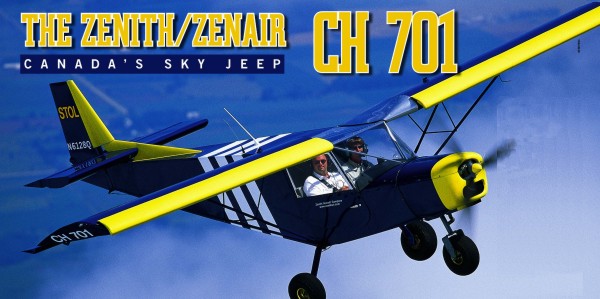
Just Aircraft’s Excapade … certificated in England and ready for sport pilots! Southwestern Idaho has long been a hub of aircraft activity. With ranches and towns settled in great distances, it’s not surprising that aviation, once an established mode of transportation, quickly became popular in that part of the west. It’s also not surprising, then, that the area has been a hub of aircraft building activity. Here’s the story of one aircraft that’s evolved from that heritage. In 1983, a two-seat, steel tube and fabric aircraft called the Avid Flyer made its first appearance at EAA’s annual convention. Describing the new design in the October 1983 issue of EAA Sport Aviation, then editor Jack Cox wrote, “Dan Denney of Boise, Idaho, was the person with the idea from which sprang the Avid Flyer. He wanted ‘something between ultralights and homebuilts’|(and) Dan had a friend uniquely qualified to transform that (idea) into|an airplane, Dean Wilson.” What Denney and Wilson demonstrated to the fly-in crowd that year might be called the forerunner of the pending light-sport aircraft category|even at a time when ultralights were still gaining their foothold.


































































